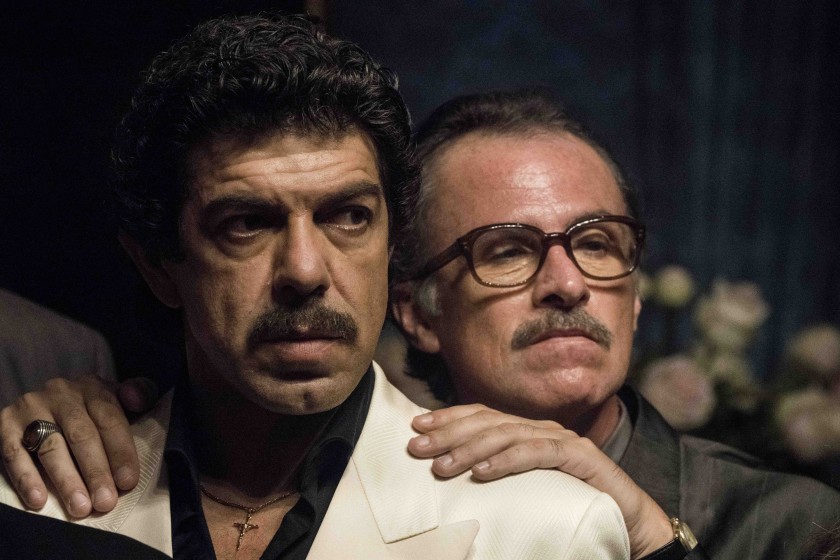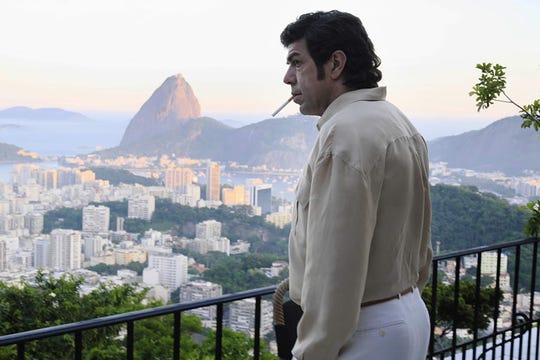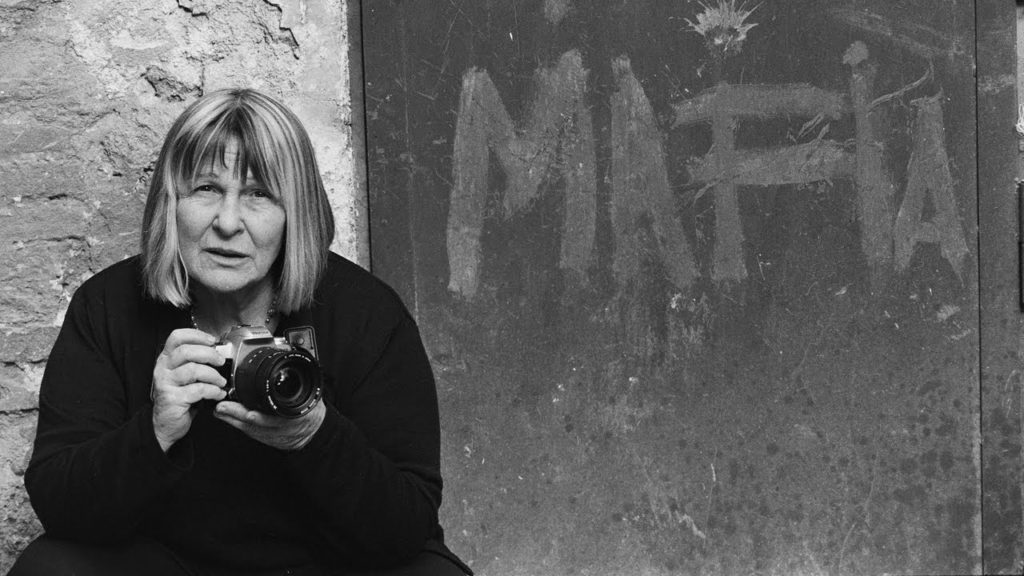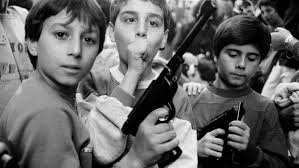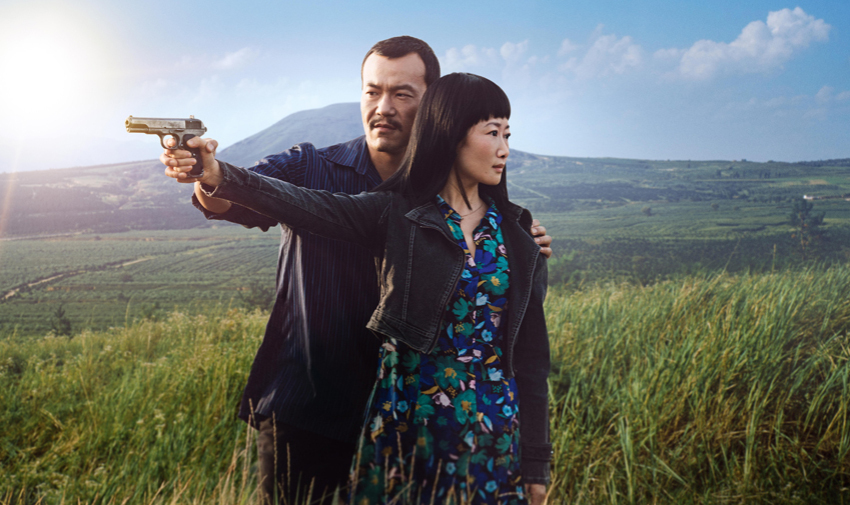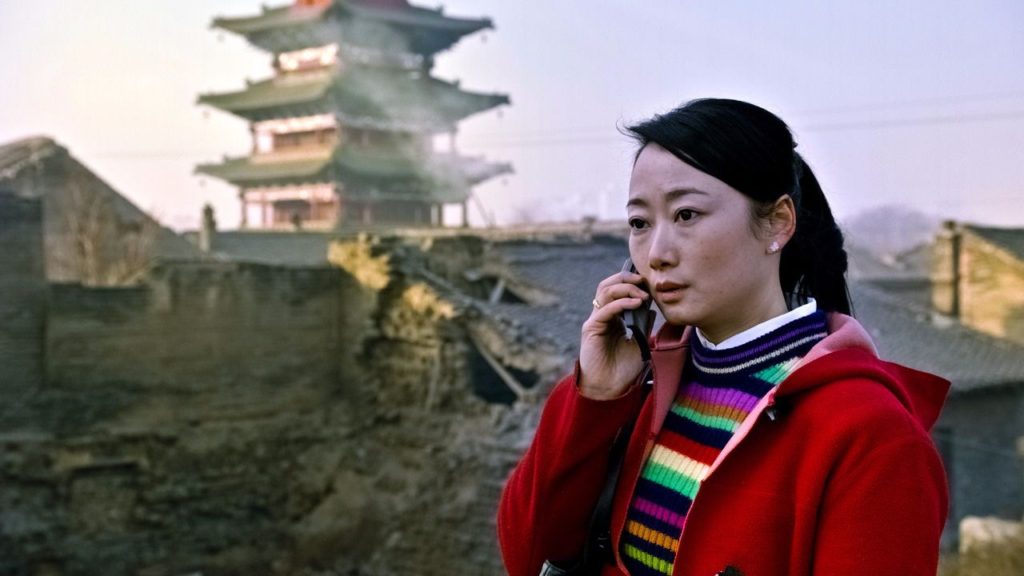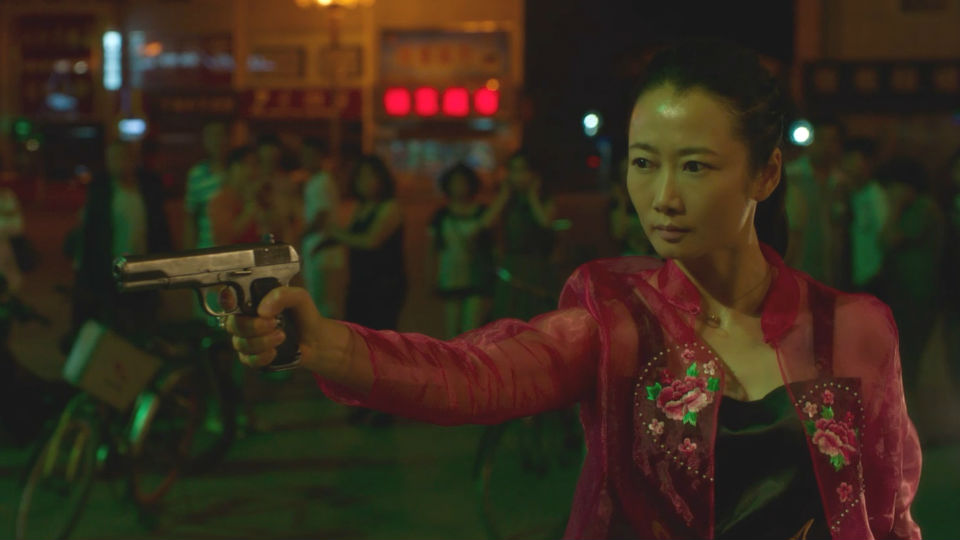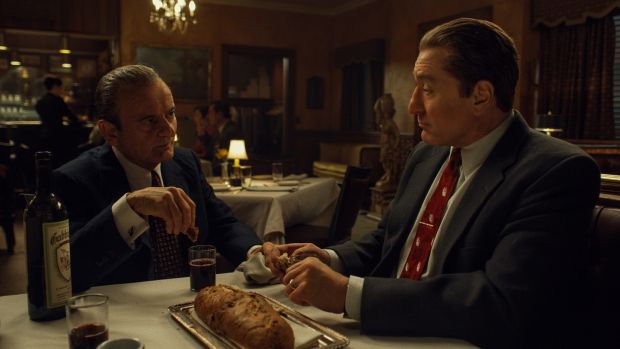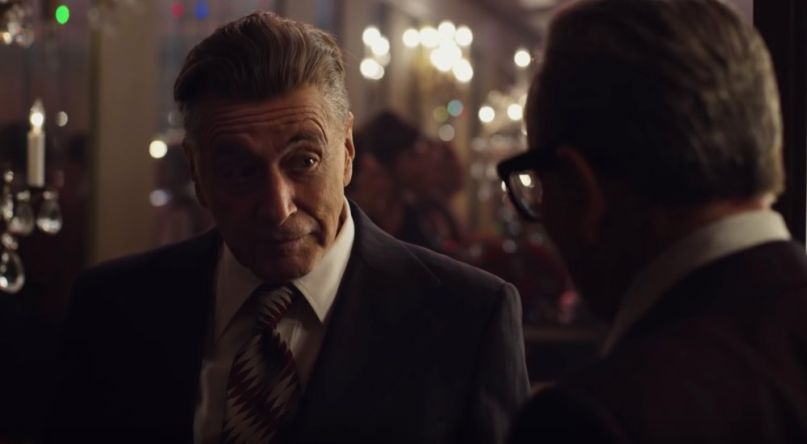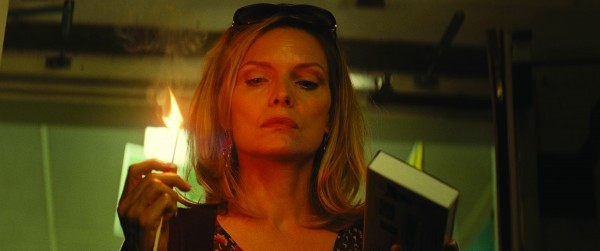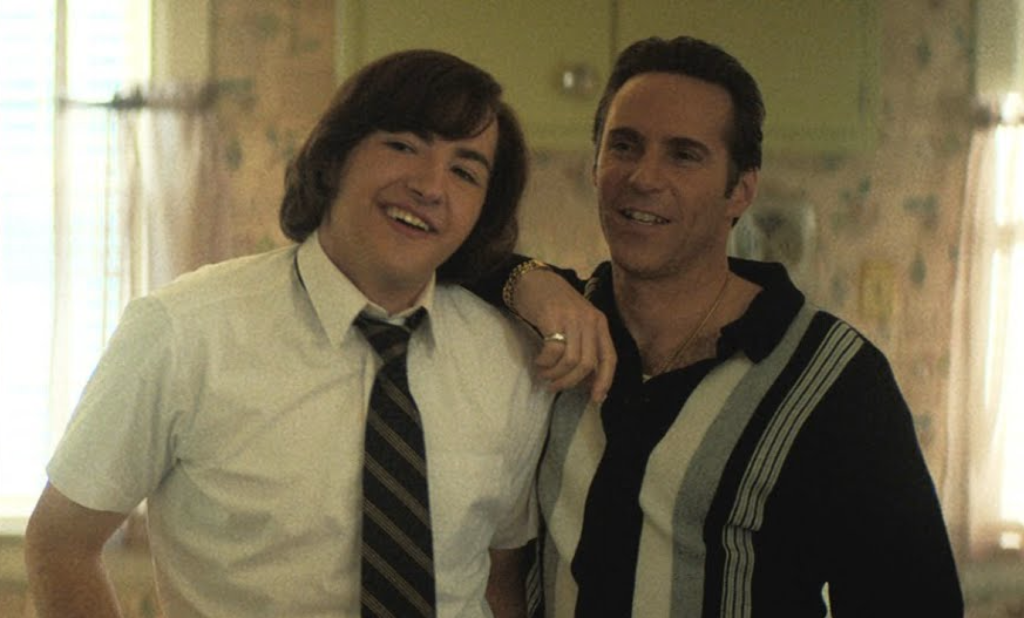
In the The Many Saints of Newark, David Chase’s prequel to The Sopranos, we get a peek inside the world that formed Tony Soprano. It’s pretty good.
Set when Tony Soprano was a high schooler, The Many Saints of Newark centers on Tony’s favorite “uncle”, mobster Dickie Moltisanti (and moltisanti is Italian for Many Saints). Dickie is played by Alessandro Nivola, who has had important, but supporting, roles in plenty of good movies (Junebug, Ginger & Rosa, American Hustle, A Most Violent Year, Selma). Here, he plays the story’s protagonist, charming and smarter than the average goon, and also capable of sudden, irrevocable violence.
Dickie and Tony are not really related, but, while Tony’s dad is incarcerated, his mob colleague Dickie is looking after his family. When we meet Tony’s sulking brute of a dad (Jon Bernthal) and his nightmare of a mom (Vera Farmiga), it’s clear why Dickie is young Tony’s role model.
Michael Gandolfini, James Gandolfini’s son, plays the young Tony. Beyond the resemblance to James Gandolfini’s adult Tony, the kid can act. He’s good, but the lead is Nivola.
Ray Liotta plays Dickie Moltisanti’s dad, Hollywood Dick Moltisanti. I don’t personally KNOW Ray Liotta, so I will refrain from saying that he can play mobsters effortlessly or that’s he’s a natural. Let’s just say that Liotta makes his mobster performances LOOK effortless. Here, his Hollywood Dick, returning home from an Italian holiday with a trophy bride, is filled with gusto. There’s also a bonus Liotta performance as a related, but much different, second character.
There’s enough in The Many Saints of Newark to show us how Silvio Dante, Big Pussy and Paulie Walnuts, all a few years older than Tony Soprano, would come to accept Tony as he crew leader. And there’s a big reveal about the extent of Uncle Junior’s (Corey Stoll) vindictiveness.
The Many Saints of Newark includes a depiction of the 1967 Newark riots, rising Black consciousness and the changing demographics of Newark and its suburbs,
Has there ever been better episodic television than The Sopranos? Breaking Bad and The Wire can stake their claims, but it’s clear that The Sopranos sets the standard.
The David Chase-crafted story of Dickie Moltisanti would allow The Many Saints of Newark to stand on its own as entertainment. For fans of The Sopranos, however, it’s even more insightful and evocative.
The Many Saints of Newark is in theaters and streaming on HBO Max.

